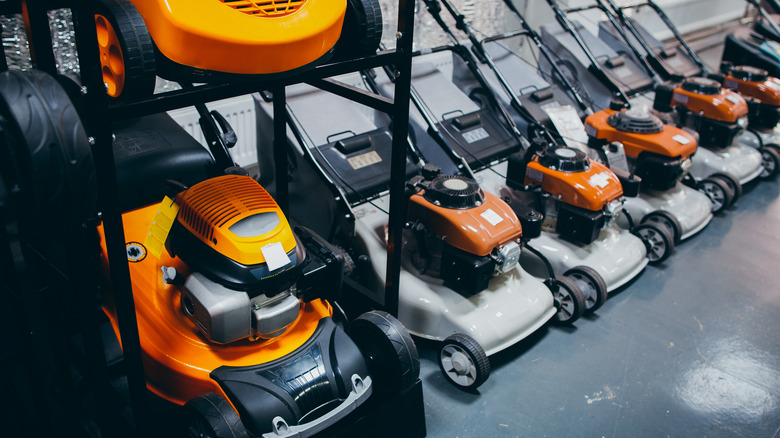Keeping a well-manicured lawn is a source of pride and envy for many homeowners. But when faced with a plethora of lawn mower alternatives, ensuring you’re using the one most suited to your lawn can be a tad difficult. After all, it’s easier to opt for an option that fits your budget and has an appealing appearance. However, not all lawn mowers are created equal and require significant time-utility analysis. For instance, a lawn tractor with a 42-inch deck width will trim your grass quickly, but it’s difficult to handle on a small lawn.
Similarly, a cordless electric lawn mower is better than a gas-guzzler if sustainability is your main concern. But it may not work well on your 4-acre yard, especially with a low battery charge. So it’s important to consider your yard’s size, terrain, grass, and trees to determine how they’ll collectively impact a mower’s maneuverability. This will help you decide if you’re using the right lawn mower or if it’s time to switch things up.
Choosing a lawn mower

No matter how much you enjoy riding a lawn mower, it isn’t ideal — and is more expensive — for a small lawn spanning less than a quarter acre. In short, a lawn mower that large isn’t the right choice for your home’s amount of grass. Push mowers and self-propelled mowers, on the other hand, are suitable for small yards, while medium-sized gardens (between one-fourth and 2 acres) could use electric rechargeable mowers. Moreover, according to the U.S. Environmental Protection Agency, gasoline-powered garden equipment — of which lawn mowers account for 40% — is responsible for almost 5% of the country’s air pollution. So electric gardening equipment represents eco-friendly choices.
However, lawn tractors or ride-on mowers are essential for mowing big yards exceeding 2 acres. Another factor that will affect your choice is your lawn’s terrain. Trimming uphill and downhill is easier with a self-propelled mower, preferably one with all-wheel drive or at least one with rear-wheel focus to prevent the front wheels from losing traction when moving up the slope. Moreover, they trump riding mowers on steep slopes due to their relatively easier maneuverability. With this said, if your lawn is large and budget isn’t a constraint, you might want to try out a zero-turn mower.
Other factors worth considering
Even though the features of your lawn primarily drive the selection of a lawn mower, what comes after matters, too. For instance, whether you prefer to bag up all grass clippings or mulch them into your lawn for added fertility will mean the difference between using a two-function or three-function lawn mower.
While the former enables bagging and mulching, it’s unsuitable for tall grasses. As for the latter, it allows side discharges, and mowing through weeds and twigs becomes more straightforward. But it raises the risk of overshooting clippings beyond the lawn, making it an optimal choice for relatively larger areas.
Owning mowers with adjustable cutting heights enables better-trimming control during different seasons. The best part? They even allow for ornamental cutting during lawn parties. You can also keep an eye out for lawn mowers offering wash-out fittings that help clean out grass clippings from underneath the deck, offering easy maintenance and prolonging shelf life.